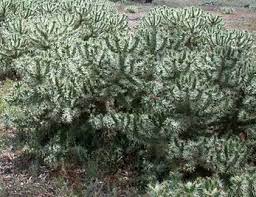
Drones are being called in to try and halt the outbreak of a problematic cactus weed in far west New South Wales.
Key points:
- Hudson pear, an invasive cactus species, is spreading in far west NSW
- Western Local Land Services has employed a drone company to help identify the most affected areas
- Graziers are worried the weed will take over properties
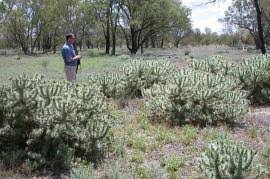
Hudson pear, or Cylindropuntia rosea, a highly invasive cactus species that was brought to Australia sometime in the 60s, is threatening the productivity of pastoral land and livestock.
The cacti have spread from Stephens Creek Reservoir outside Broken Hill all the way to Lake Tandou, at the bottom of the Menindee Lakes system.
The outbreak has prompted Local Land Services to engage drone surveying technology in the hopes of starting an eradication program.
Western Local Land Services regional weeds coordinator Andy McKinnon said Hudson pear massively decreases land productivity, preventing farmers from running sheep in the vicinity of the cacti.
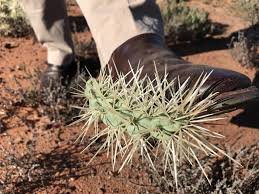
“Our guys along Stephens Creek are very concerned, most of them are wool producers … they don’t want to see it get a solid grip on their country,” he said.
“It is a genuine concern … no shearer is going to want to bury their hand into the back of one of those things.”
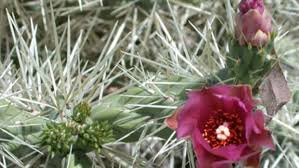
The cacti, which can grow up to 1.5 metres tall and 3 metres wide, has “particularly vicious spines” that are capable of penetrating footwear and even tyres.
The species can severely impact livestock productivity by embedding itself into anything it touches, including livestock, wildlife and vehicles.
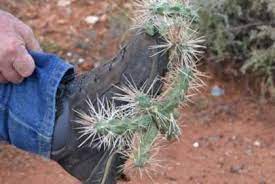
Drones can cover large areas
Remotely piloted aircraft system company Ninox Robotics has been employed to undertake a survey flight of the area to try and identify the prickly weed.
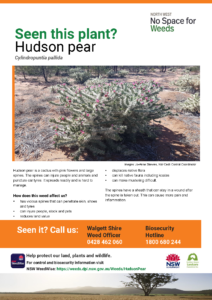
The company’s chief operating officer Steven Schultz said their drones specialise in remote environments and could cover large areas.
“A lot of the work we do is beyond visual line of sight, so we’re able to fly greater distances from where the drone operators are positioned on the ground,” he said.
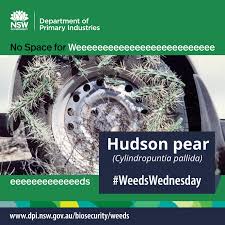
The team will fly a catapult launch, parachute recovery drone equipped with a high-resolution mapping camera that will capture photogrammetric imagery of the isolated areas.
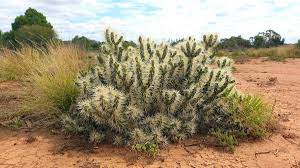
From the images captured, products such as an annotated map will be presented defining cactus locations and densities for Local Land Services to utilise for an eradication program.
Using this as a preliminary method, Mr McKinnon hopes the drone survey will serve as a way of proving the seriousness of the problem to then conduct further surveys and help inform landholders of the best way forward.
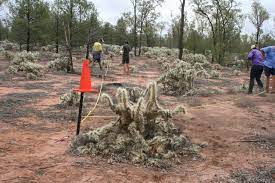
“The end game is for us to be able to identify where the majority of the plants are along Stephens Creek and direct them [landholders] into where they can undertake the control programs,” Mr McKinnon said.
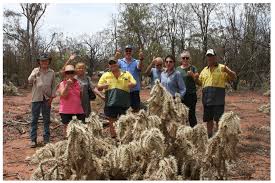
“The productivity in our country is at risk if we don’t get on top of this species.”
![]()

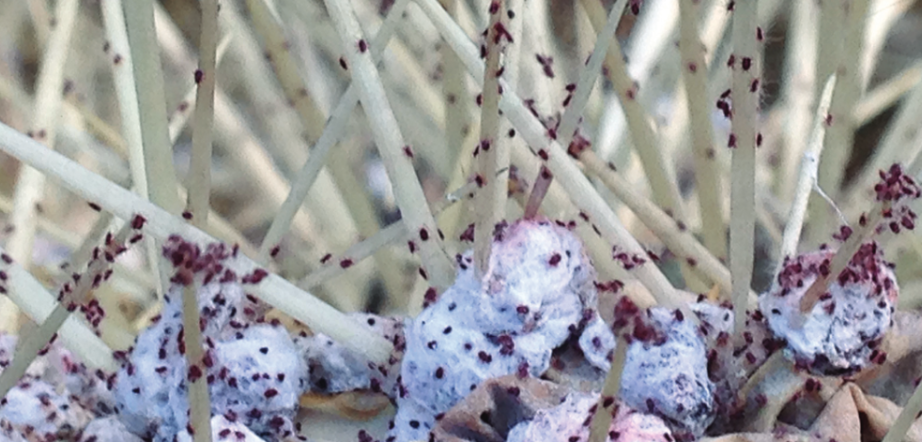
Recent Comments